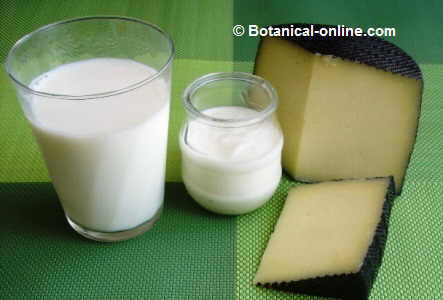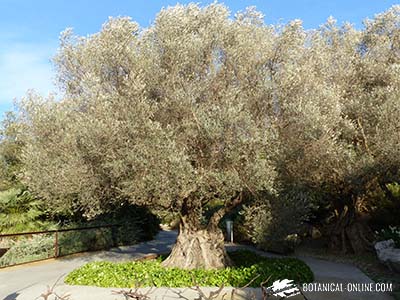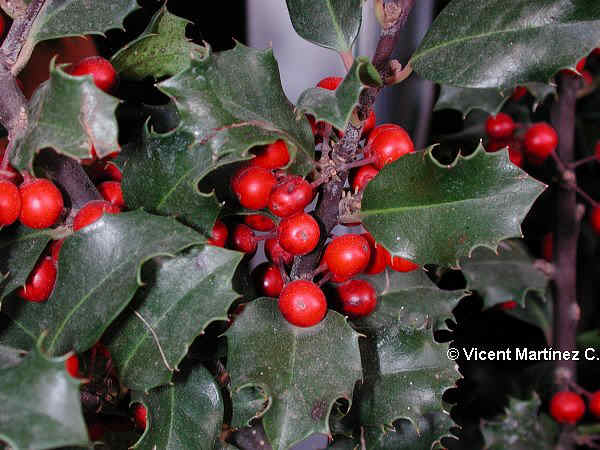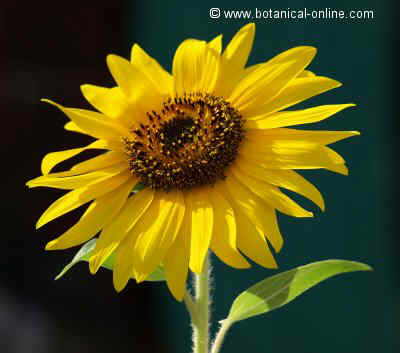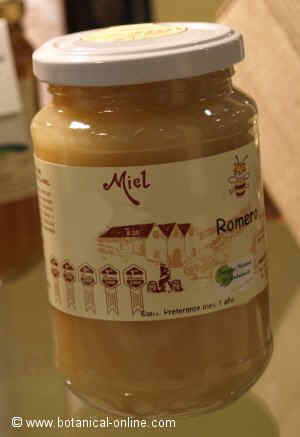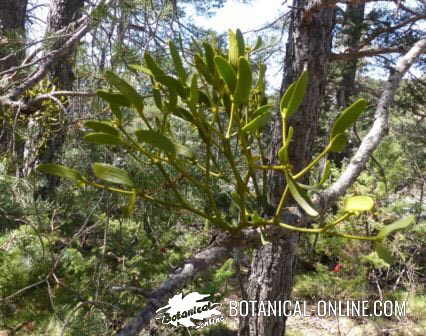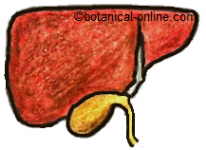Main components of tarragon
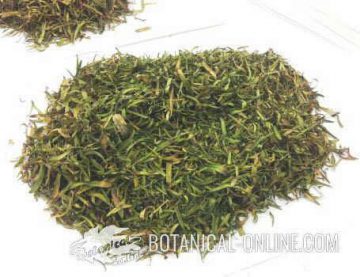
Tarragon is an herb that is used in food as a condiment.
This plant hides a wealth of vitamins and very important phytochemicals, so it should make special mention of its components in this section.
- The fresh tarragon is an excellent source of vitamin C, having a higher content in fresh shoots. Formerly used as antiscorbutic plant.The dried plant has a lower vitamin content, although not negligible, close to 2.5 mg. of vitamin C in the amount of 1 teaspoon of dried spice. Ideal for flavoring our anti-aging infusion!
- Salicylic acid: tarragon leaves have very high amounts of salicylic acid, which has analgesic, anti-inflammatory and febrifuge properties. Tarragon is one of the richest plant sources, after licorice and peanuts.
- Chlorogenic acid and caffeic acid: with anticancer function, and particularly it has been found that are able to combat carcinogenic nitrosamines (for example, those formed by eating food with nitrites and nitrates).These organic acids also possess immunomodulating and anti-inflammatory effects. They are found in greater amounts in tarragon shoots in the dried plant.
- Gentisic acid: substance with antiseptic, anti-inflammatory, analgesic and antioxidant effects. Tarragon is the richest natural source of this substance.
- Anisic acid: antiseptic and antirheumatic. It has been found to be effective against salmonella. The tarragon shoots are the most important natural source.
- Estragole or methyl chavicol (68-80%) is an isomer of anethole, with analgesic and antiseptic values. It is found in large quantities in young shoots of tarragon.
- Cis and trans ocimene (12%): pleasant smell monoterpenes used in perfumery. They are found in the essential oil of many plants (celery, lemon balm, wild celery and oregano), among which is also the tarragon. This substance is a natural insecticide plant with antiseptic properties.
- Coumarins: umbelliferone, scopoletin, scoparone, scoparin, herniarin (hydroxycoumarin). Antiseptic, antispasmodic and cholagogue. At the root of tarragon the concentration in coumarins is greater than in leaves
- Thujone: other monoterpene with slight aroma reminiscent of menthol. It has abortifacient properties and emmenagogue effects.This substance is found in large quantities in the abortive sage and other plants. Tarragon is a very abundant source, after the sage, so it should not be consumed by pregnant women. * More information: Plants and pregnancy.
- Nerol: after lemon, tarragon is the most important source of nerol. This component (a monoterpene) is related to the treatment of gastritis (it fights H. pylori bacteria). Sabinene is another monoterpene with the same properties for the stomach.
- Elemicine: is an aromatic component (phenylpropene) present in large quantities in the nutmeg and also present in tarragon shoots.
| Composition of tarragon (Artemisia dracunculus) per 100g. | |
| Nutrient | Amount |
| Energy/ Calories | 295kcal. |
| Carbohydrates | 50,22g. |
| Proteins | 22,77g. |
| Fat | 7,24g. |
| Fiber | 7,40g. |
| Vitamin C | 50mg. |
| Niacin | 8,95mg. |
| Iron | 32,30mg. |
| Calcium | 1.139mg. |
| Potassium | 3.020mg. |
| Sodium | 62mg. |
| Aromatic components of tarragon | |
| Estragole* | 7.763ppm. |
| Caffeic acid* | 7.640ppm. |
| Trans, cis Ocimene | N.A. |
| Sabinene* | 3.700ppm. |
| Methyl-eugenol | 2.900ppm. |
| Elemicine | 2.770ppm. |
| Alpha-pinene | 1.000ppm. |
| Myrcene | 1.000ppm. |
| Capillarin | 920ppm. |
| Thujone* | 600ppm. |
| Rutin | 500ppm. |
| Menthol | 500ppm. |
| 1,8- Cineole | 500ppm. |
| Camphor | 200ppm. |
| Gentisic acid* | 150ppm. |
| Anisole | 100ppm. |
| Anisic acid* | 80ppm. |
| Naringenin* | 44ppm. |
| Ferulic acid | 38ppm. |
| Scoparone* | 8ppm. |
| Isorhamnetin* | 7ppm. |
| Salicylic acid* | 3ppm. |
Source: Dr. Duke’s Phytochemical and Ethnobotanical Databases (2012).
N.A. = Not evaluated
* Note: highlighted in bold and with an asterisk (*) the most remarkable substances, because the tarragon is a good natural source in that component.
Properties and uses of tarragon
| Properties of tarragon | Medicinal uses of tarragon |
| – Aromatic – eupeptic – Carminative – Antiulcer – Antihelicobacter – Choleretic – Cholagogue – Hypoglycemic – Natural antibiotic – Vermifuge – Antithrombotic – Antioxidant – Anti-inflammatory – Sedative – Antispasmodic | – Seasoning food, herb – Tarragon essential oil in aromatherapy – Indigestion – Bloating or flatulence – cramps – Gastritis – Stomach Ulcer – Hepatoprotector – Prevention of gallstones – Diabetes – Intestinal Worms – Thrombosis – Insomnia – Nervousness This plant should be used sparingly because of the carcinogenic potential of estragole (present in the essential oil). Tarragon has components that make it a plant unsuitable for pregnant women. Do not take it if you are pregnant. * More information: Plants and pregnancy. |
![]() More information on tarragon properties and medicinal uses
More information on tarragon properties and medicinal uses
8 July, 2024

